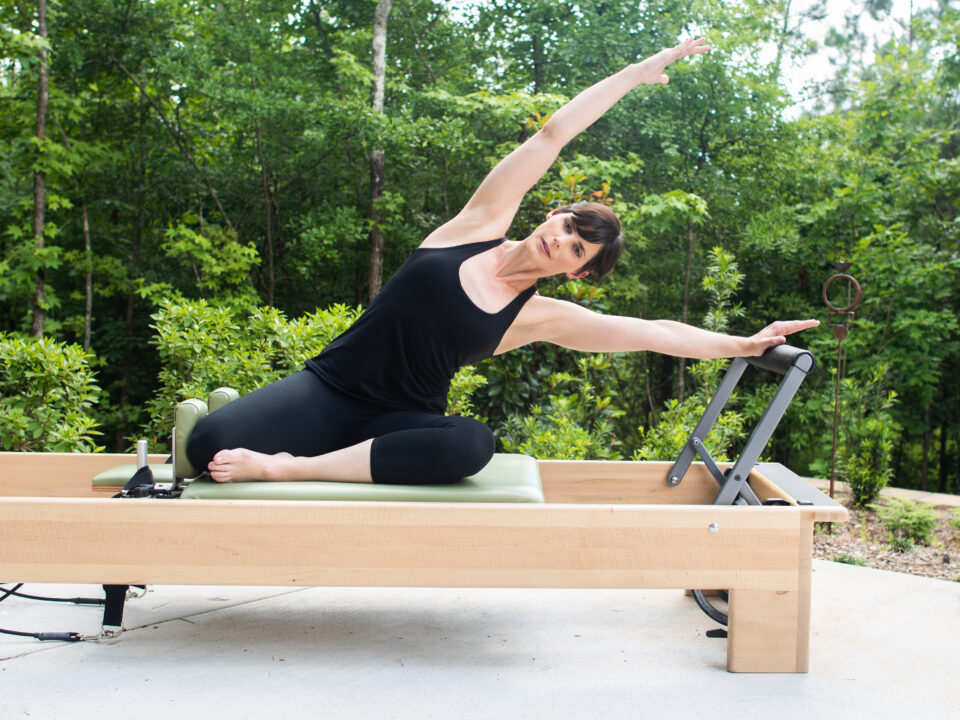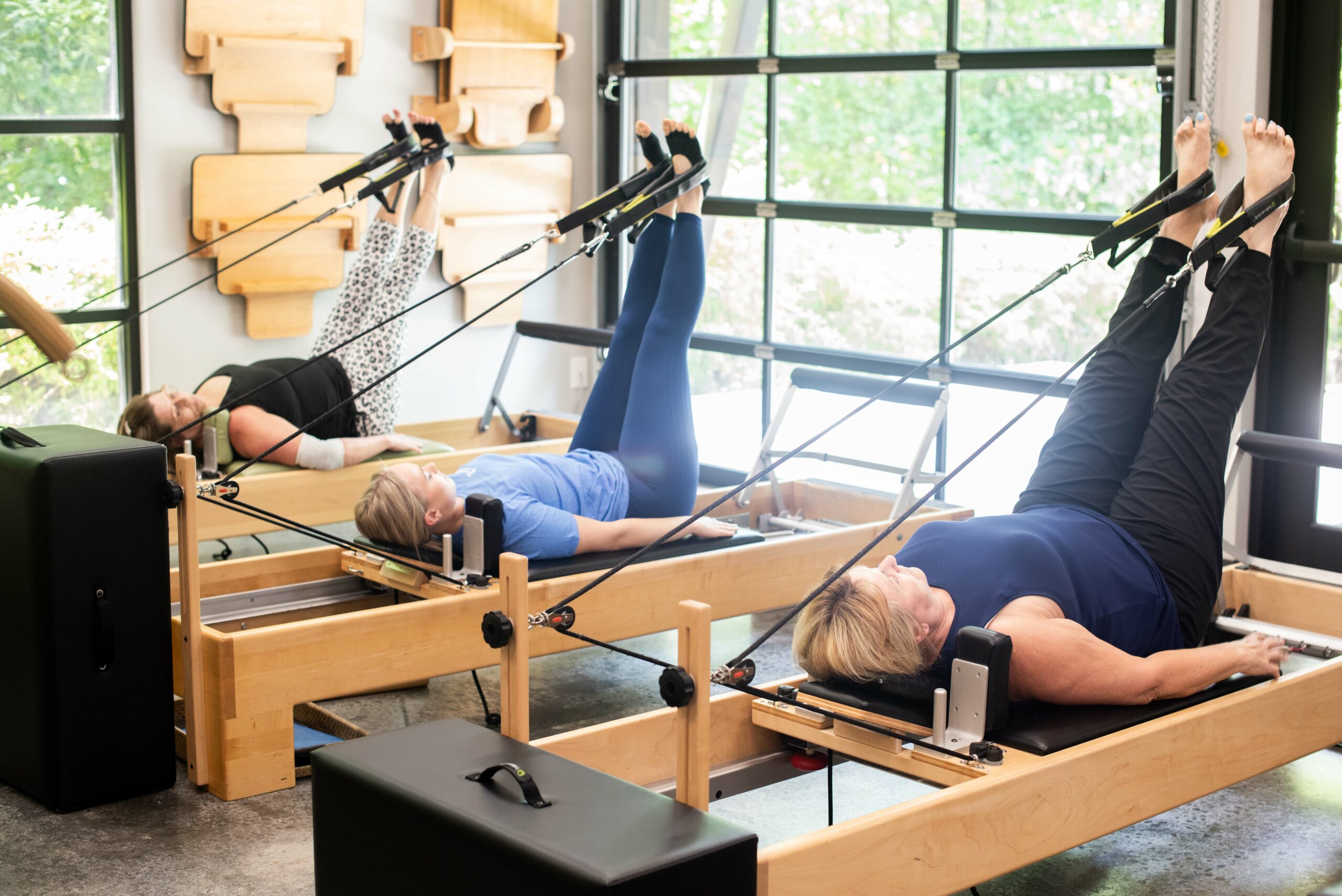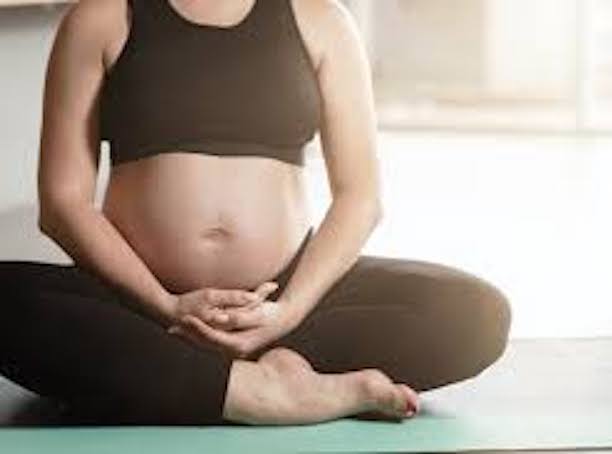- Mon - Fri
7.30 AM – 5.30 PM
Other hours upon request - 770-487-1931
Healing with Movement: Why Pilates-Based Therapy Work
By Ellie White Stevens
A quarter-century of results should be proof enough that Pilates is extremely effective as a component of physical therapy.
“I’ve been a physical therapist since 1998, and I started using Pilates-based principles and exercises in 2000,” said Dr. Karyn Staples, PT, PhD, NCPT of ProHealth Physical Therapy and Pilates Studio in Peachtree City. “So there are plenty of things I’ve been seeing for 25 years now as far as understanding the foundations of body alignment, movement and breathing.”
It can be challenging, when teaching people to exercise and get their bodies moving, getting them to be aware of the entire body. Pilates can be an excellent way to show how the parts of the body are connected and how each movement relates to another part of the body.
There was little research to back up Pilates principles when Staples started using it, but that has changed since then.
“Joseph Pilates had no science regarding what he had done. He just felt like this was what people needed to do,” said Staples, whose own PhD research in 2011 was Pilates-based and put her on the cutting edge. “But over the last 10 years there has been a huge influx of science to go along with Pilates.”
Why does Pilates-based physical therapy work? It helps each person understand his or her body better, according to Staples.
“It’s the idea of moving the whole body together in a holistic way. It’s not just doing a leg raise. You’re doing it with the intention of how the entire body is aligned so you can get the proper function from the leg muscles and the rest of the body.”
Staples will not claim that Pilates-based physical therapy works more quickly than other methods, but she is convinced that it allows patients to stay better longer.
“If people continue the movement, they will get better outcomes,” she said. “Their bodies make changes and those changes are long-term. It puts them at a lower risk for other negative things happening.”
Whether it is improved posture or some other facet of daily health, implementing Pilates is a proven way to maintain whatever gains have been made.
“The body knows when it is working better and feeling better,” said Staples. “It makes a better foundation from which to function. Pilates will allow a patient who starts with a singular problem to layer on so many additional things during overall treatment. Someone with shoulder pain can work on the core and on leg alignment while continuing to treat the shoulder, because the whole body is interconnected.”
It is not uncommon for Pilates activities to continue long after initial treatment for a specific problem has ended.
A recent ProHealth client, a man in his thirties who works out regularly and participates in various sports, tore his anterior cruciate ligament (ACL) and rehabbed at ProHealth after surgery. His rehab went very well, but he wanted to continue to improve his body so he pivoted
to become a Pilates client because he found the machines to be very effective in moving him through rehab even faster than he thought possible.
“He is a few months in at this point from his post-rehab, but felt like it was an important part of his journey to continue back to his other fitness things that he enjoys doing,” said Staples.
ProHealth Physical Therapy and Pilates Studio is located at 1777 Georgian Park in Peachtree City. for more information or to book an appointment, phone 770-487-1931 or visit prohealthga.com.




